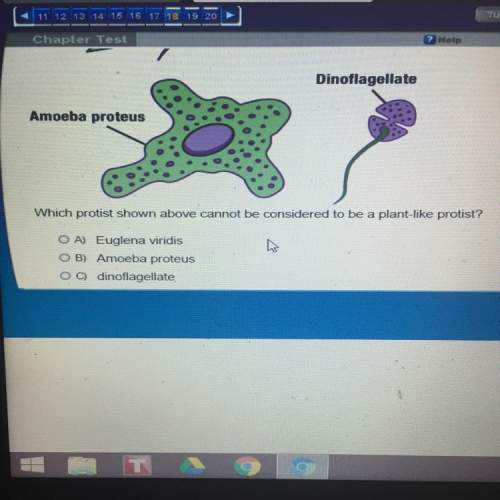
Part a - developing hypotheses the culprit in about half of all seasonal allergy cases in this country is pollen from the common ragweed plant, ambrosia artemisiifolia. just a single ragweed plant can produce a billion pollen grains per season! all of that pollen is spread by the wind and can remain airborne for days--sometimes landing hundreds of miles away from the parent plant. if you're an allergy sufferer, it's nearly impossible to escape contact with this allergen. as allergy sufferers and medical doctors began to report increases in both the duration and severity of seasonal allergies, researchers started wondering if there could be a relationship between allergies, rising co2 levels, and global warming. as you know, co2 is a necessary reactant for plant photosynthesis, and studies have shown that increasing co2 levels increases plant productivity in some species. this is particularly true for many weedy species. suppose that you were a researcher trying to understand how rising levels of atmospheric co2 might affect ragweed plants, and thus seasonal ragweed allergies. what questions, hypotheses, and predictions might you want to study? complete the flow chart by selecting the hypothesis and predictions that follow from the question you're trying to answer. not all labels will be used

Answers: 1
Similar questions

Biology, 16.07.2019 13:00, tripleog12716
Answers: 1

Do you know the correct answer?
Part a - developing hypotheses the culprit in about half of all seasonal allergy cases in this count...
Questions in other subjects:







Computers and Technology, 29.08.2019 04:30


Physics, 29.08.2019 04:30

Health, 29.08.2019 04:30







